‘Vampires’ costing Aussie homes hundreds
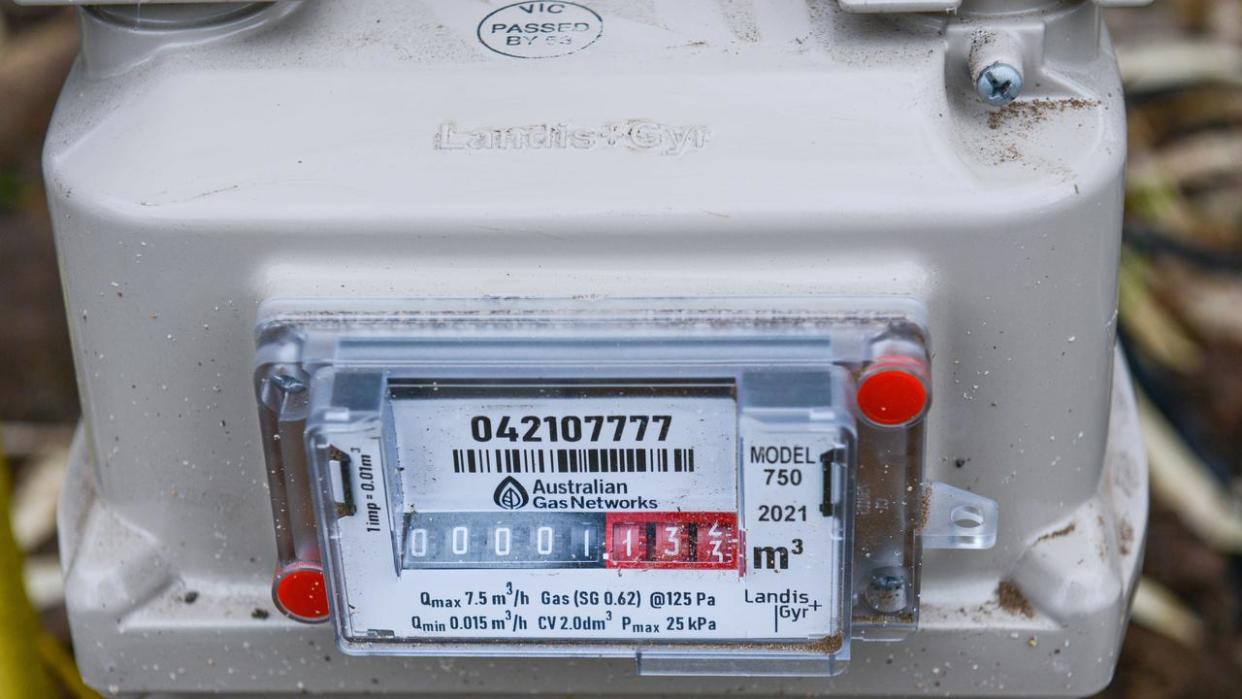
An energy data expert has revealed the “vampires” in ordinary Aussie homes racking up hundreds of dollars in extra costs on power bills year in, year out, along with the most common mistake people are making to escape these charges.
Garry Harding, co-founder and chief executive of energy analytics company EnergyFlex, says appliances like Smart TVs, gaming consoles and internet modems are draining accounts using what’s known as “phantom load” – any electricity that an appliance or device consumes even when it’s switched off.
While a pending $300 energy rebate from the Federal Government is expected to provide some relief, Mr Harding says it still won’t get households much further than covering the charges on their current bills.
“$200-300 is for a standard household of two adults, two children, three bedrooms, that kind of environment,” he said.
“You’re talking about a couple of TVs, maybe two fridges … that’s really where that sort of money is at.”
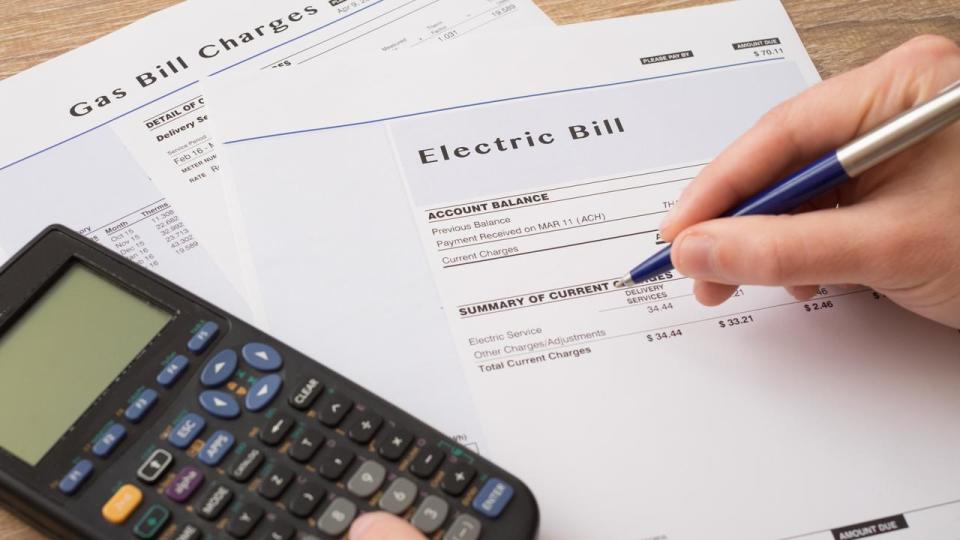
Even with energy prices skyrocketing, Mr Harding says households are still being slugged as “vampire” appliances left plugged into the wall drain electricity.
He said appliances with standby modes – TVS, printers and computer screens in particular – along with any LED screens were still likely to consume power while on standby mode.
Internet modems, which are typically left to run all day, also contributed to soaring costs.
“The couple of seconds you might save by this appliance warming up and so forth, it’s really not what you should be pushing for,” Mr Harding explained.
“You should be taking them out of the loop in that environment – the time of the evening when you don’t really need any of these things.
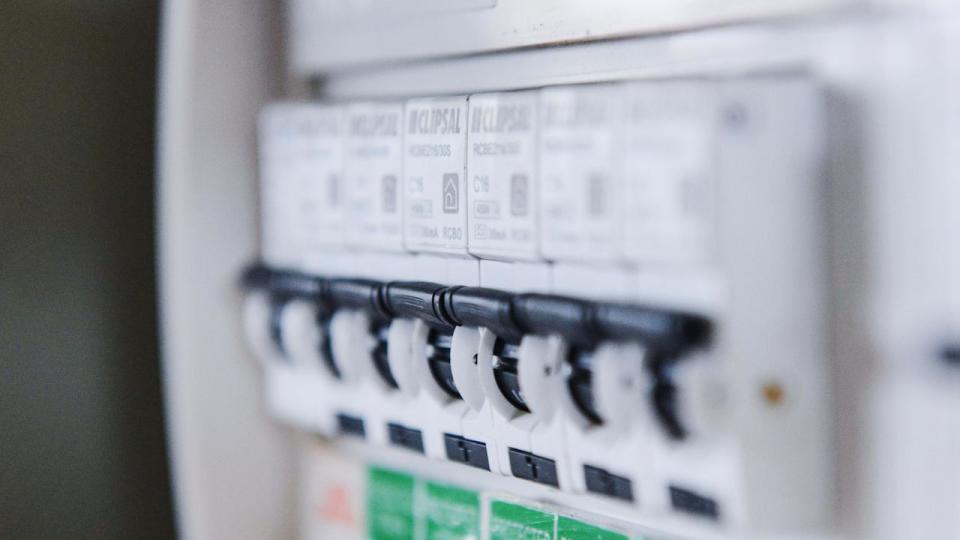
His company Energyflex allows people to reduce their energy bills with practical tips, with the app providing a rating from 0-5 that measures the impact on the power grid and a household’s ability to use renewable energy when it’s available.
An analysis by financial comparison site Canstar Blue reveals standby power could cost as much as 0.54c per hour for devices consuming electricity while on standby.
Smart TVs racked up the most – consuming 12W per hour while on standby and adding another $0.40c per hour to bills.
While that might not seem like an enormous figure, it adds up to an annual extra cost of $34.69, from the TV alone.
It was followed by wireless modems ($0.33c per hour), gaming consoles ($0.30c per hour), microwaves and washing machines ($0.13c per hour), DVD players ($0.10c per hour), airconditioning ($0.7c per hour) and computer monitors ($0.03c per hour).
Combined, all these appliances could add another $104-176 each year, varying state-by-state.
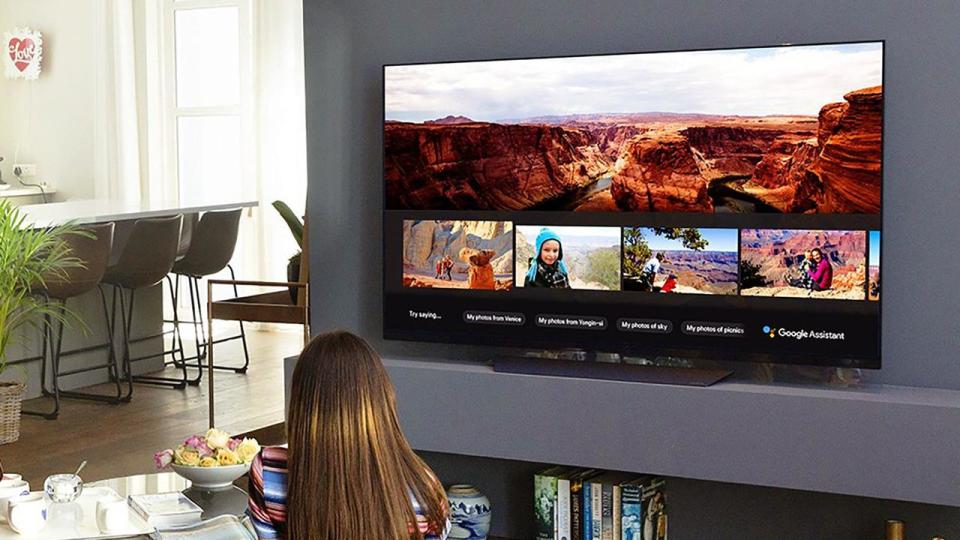
“There’s been a lot of movement around standby modes getting close to one watt, but older machines before 2015 are really not adhering to that,” Mr Harding said.
“So their loads can be quite significant.”
He pointed to examples of older TVs which could cost up to 50c an hour, even when on standby mode.
Simple solutions like switching off powerboards or outlets are enough to do the trick, but Mr Harding said smart switches in the home could help people be more energy-conscious.
“All of a sudden you can control that through your mobile phone, and it sits there and does all the work for you,” he said.
EnergyFlex’s warning about phantom load follows the Federal Government announcing about 10m households will be given $300 in energy bill rebates as part of a targeted cost-of-living assistance package from the budget.
That discount is set to kick in from July 1 but will not be a bulk application – instead leading to $75 being taken off each quarterly bill.
A million eligible small businesses will also get $325 off their power bills.
While Mr Harding says this $300 rebate is a welcome relief for struggling families, people can find even more savings by understanding how their electricity use works.
“Unfortunately, I think it’s a Band-Aid,” he said of the rebate.
“The $300 in your pocket is great news. But … (you can) really start to hack right into your existing bill to give yourself a level of control of what the outcome is.
“If you take some simple steps like not turning your dishwasher on at five or six o’clock in the evening, you’ll save much more than that.
That specific time refers to “peak usage” - where electricity prices are higher due to more people using electricity at that time of day.
“Off-peak” usage refers to times when less electricity is consumed by households.
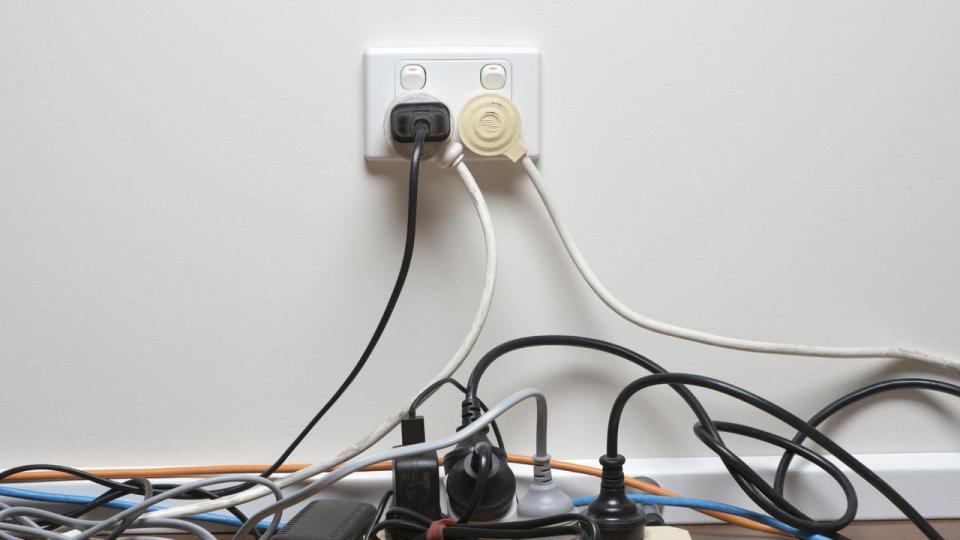
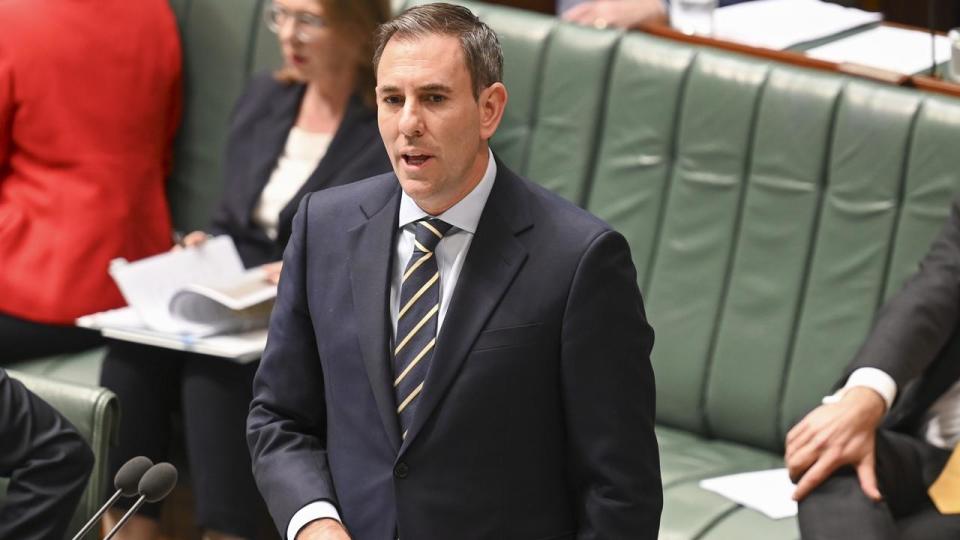
Federal Treasurer Jim Chalmers has defended his budget decision as “conservative” and cautious amid the government’s attempts to put downward pressure on inflation.
He said relief on energy bills was not the same thing as “spraying cash around”.
“First of all, people don’t have a lot of spare cash lying around,” he told ABC’s 7.30 Report earlier this month.
“People are under extreme cost of living pressure.
“Secondly, there is a behavioural difference to sending someone a check and encouraging them to spend it, or taking a bit of the edge of some of their bills.”
Earlier this week the Australian Energy Regulator’s final default market offer (DMO) – a price ceiling to ensure customers receive the lowest price possible – was released, lowering the maximum amount electricity retailers can charge households in NSW by up to $28 to $2499, and in South Australia by $63 to $2216.
ENERGYFLEX’S LIST OF THE BIGGEST HOUSEHOLD ENERGY VAMPIRES:
Mobile phone, laptop, and toothbrush chargers plugged in, waiting to be used.
TVs, printers, and computer screens chilling on standby.
Microwaves, ovens, and other appliances with digital displays.
Kettles, air fryers, and coffeemakers conveniently hanging out on the counter.
Gaming consoles, dreaming of feasting on your energy when in sleep mode.
Siri, Alexa, or any other smart home assistant listening out for your voice.
Any appliance that has an LED light, digital clock, or a remote control is probably consuming standby power right now.


